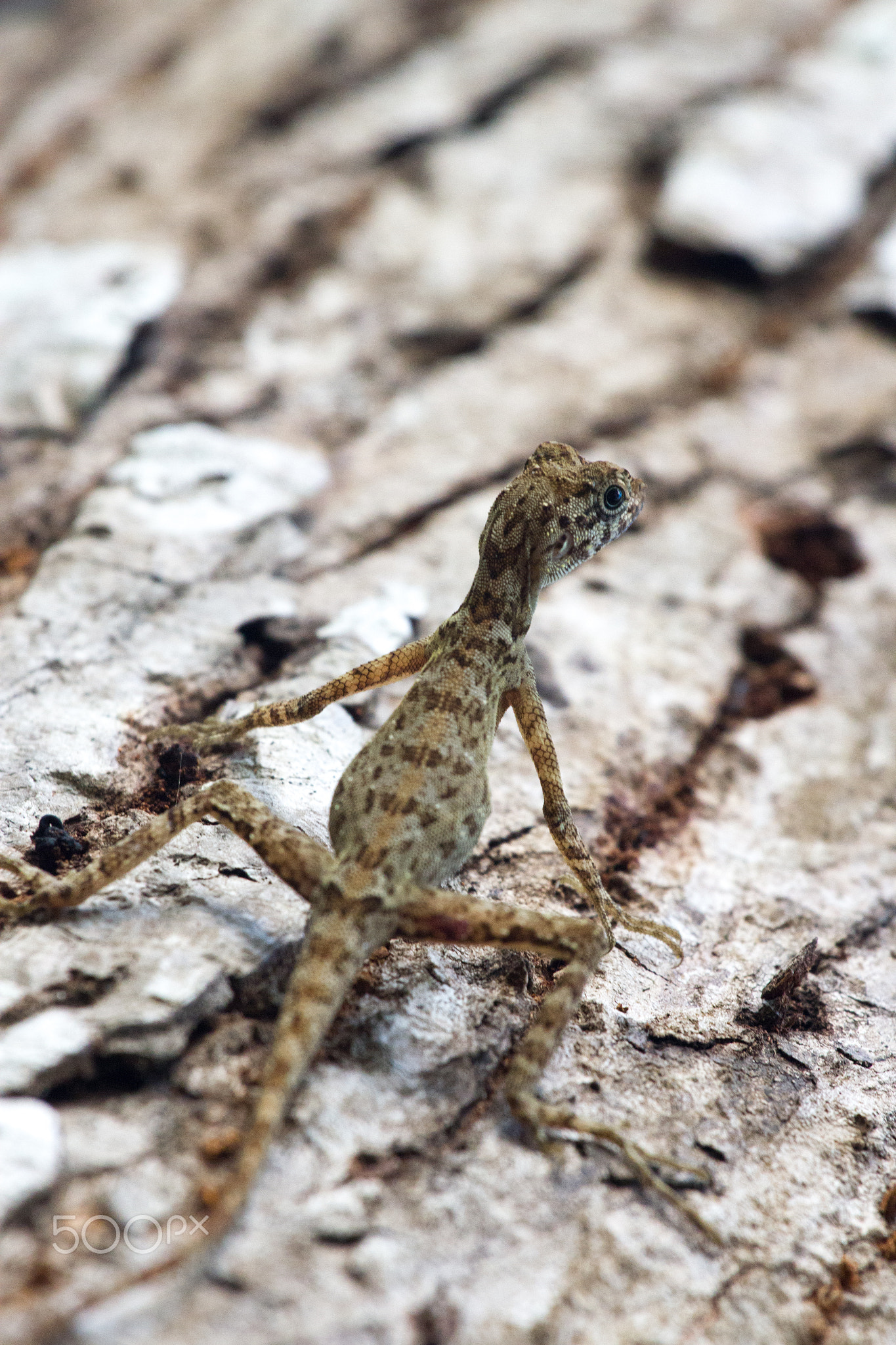Over the years, researchers have strived to unravel the mysteries surrounding this elusive creature. Native to the eastern United States, this non-venomous serpent is known for its stunning blue coloration and incredible speed. Introduction:
The baby blue racer snake (Coluber constrictor foxii) is an enigmatic species that has long captivated the attention of herpetologists and snake enthusiasts. In recent times, a demonstrable advance in our understanding of the baby blue racer snake has emerged, surpassing the knowledge previously available.
Its adaptability to various habitats, diverse diet, unique reproductive behavior, and non-venomous nature make it an important component of the state’s ecosystem. Conservation efforts should focus on preserving their habitats and raising awareness about their ecological significance. By doing so, we can ensure the continued presence of these remarkable snakes in Pennsylvania’s natural landscapes for generations to come. Conclusion:
The garter snake (Thamnophis sirtalis) is a fascinating reptile species found throughout Pennsylvania.

While bearded dragons are not considered highly social animals, they do display certain social behaviors. However, territorial disputes may arise, especially between males during the breeding season. In captivity, multiple bearded dragons can be housed together, provided they have adequate space and resources. In the wild, they are mostly solitary creatures, but they may tolerate the presence of other individuals in their vicinity.
Introduction:
The garter snake (Thamnophis sirtalis) is a common species found throughout North America, including Pennsylvania. This non-venomous snake is known for its slender body, distinctive stripes, and adaptability to various habitats. In this article, we aim to provide a comprehensive overview of the garter snake population in Pennsylvania, including its habitat preferences, diet, reproductive behavior, and conservation status.
Here’s more info regarding healthy bearded dragon feet look into our website. Boredom or Lack of Stimulation: Bearded dragons are intelligent creatures that require mental stimulation. Scratching at the tank may be a sign of boredom or frustration. Owners should consider providing toys, tunnels, and interactive feeding methods to engage their pet and prevent unwanted behaviors.
Previous knowledge suggested that these snakes were primarily solitary creatures, but recent observations have challenged this assumption. By utilizing advanced tracking technologies, researchers have discovered that baby blue racer snakes exhibit complex social behaviors, including communal nesting and cooperative hunting. This newfound understanding has shed light on the snake’s ecological role and social dynamics, providing a more complete picture of its behavior. Behavioral Studies:
Another notable advance in research on the baby blue racer snake involves the study of its behavior.
One such behavior that owners often observe is their tendency to scratch at the tank’s walls or substrate. Introduction:
Bearded dragons (Pogona vitticeps) are popular reptile pets known for their unique appearance and interesting behaviors. This article aims to explore the potential reasons behind this behavior, considering both physiological and environmental factors.
The scales on its body range from deep crimson red to jet black, creating a visually stunning contrast. This unique color pattern is believed to serve as a form of camouflage, allowing the dragon to blend into its surroundings and avoid potential predators. One of the most striking features of the red and black bearded dragon is its coloration.
They are also known to consume fish, earthworms, and invertebrates. They capture their prey by striking and constricting, immobilizing it with their powerful jaws. Garter snakes are opportunistic hunters and use their keen sense of smell to locate prey. Diet and Feeding Behavior:
Garter snakes are carnivorous, primarily feeding on a diet of small vertebrates, such as frogs, toads, salamanders, and small mammals.
This study aims to provide a detailed analysis of the development and behavior of full-grown bearded dragons, shedding light on their physical characteristics, growth patterns, dietary needs, and social behavior. Introduction:
Bearded dragons (Pogona vitticeps) are popular reptile pets known for their unique appearance, docile nature, and relatively easy care requirements.
With proper care and attention, the red and black bearded dragon can bring years of joy and fascination to its owners. In conclusion, the red and black bearded dragon is a captivating reptile that stands out among its peers. Its vibrant coloration, unique behavior, and relatively docile nature make it a popular choice for reptile enthusiasts and pet owners. However, it’s important to remember that owning any reptile requires dedication and responsibility.
By sacrificing their tails, geckos increase their chances of survival and improve their overall health and well-being. Additionally, geckos may also shed their tails to remove any injuries or infections that could hinder their mobility or endanger their lives. Improved Fitness:
Losing their tails can also enhance a gecko’s overall fitness. By shedding their tails, geckos can discard any parasites that might have attached themselves to this body part.
